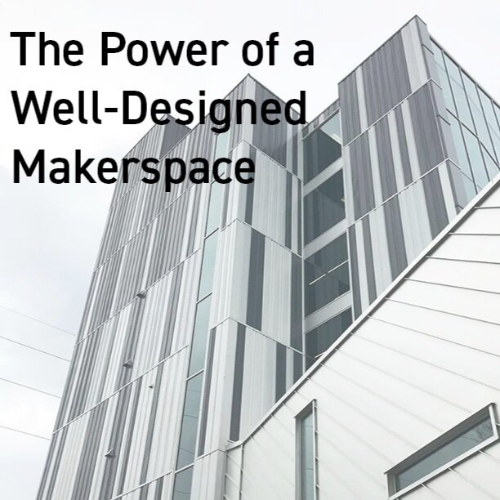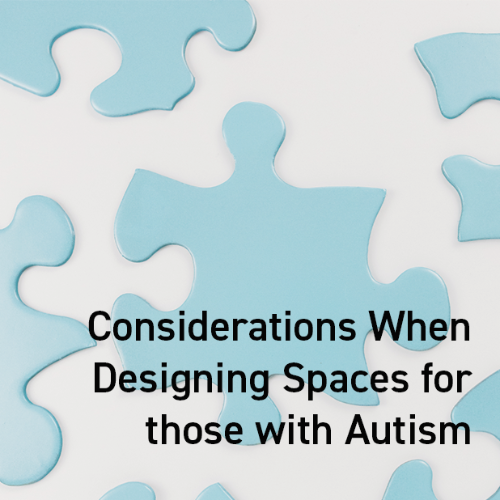The 4 Cs of Effective 21st Century Classroom Design
What are the Qualities of an Effective Classroom Design?
It is a place where students come alive. Here, students are able to think critically, solve problems, and work collaboratively. 21st-century Classrooms need to evolve so that all children have equal and equitable access to learning through active engagement.
Table of Contents:
4Cs of 21st Century Classroom Design
How to Implement an Effective 21st Century Classroom Design
Integrate Learning Zones in 21st Century Classroom Design
Here are the 4 Cs of a 21st Century Effective Classroom Design:
4Cs of 21st Century Classroom Design
Collaboration is Essential in Effective Classroom Design
Design and experience have shown us that classrooms should shift from a memorization-based reading-writing-arithmetic process (drill and kill) to a more collaborative active approach. When this happens, you’ll see critical thinking happen in any, truly modern classroom. Intentionally designed spaces support specific learning activities. We have found that a cooperative environment happens best in a smaller area with soft lounge seating and booths similar to a restaurant (as well as many great conversations and ideation meetings occur). Students are able to work collaboratively and develop and share ideas with their peers. Everyone learns and creates and problem solves in their own ways. A 21st century effective classroom design should consider multiple learning preferences and style zones around the classroom that cater to each.
Creativity Helps the Learning Process
Creativity is the freedom to explore new approaches, recognize patterns, and invent new meanings. Designing a 21st-century classroom means to critically, and creatively, think about spaces that promote exploration and mistakes. An effective classroom design is dedicated to making. Students should be able to manipulate objects from available carts of foam balls, Legos, blocks of wood, and even toothpicks to solve complex problems. Students experiment and eventually 3-D Print prototypes. So much is possible through hands-on learning (kinesthetics) – constructing, building mock-ups, and testing theories, as a way to uncover completely new perspectives and insights.
Critical Thinking Helps Students Develop Higher-Level Skills
Critical thinking is the process of developing habits of the mind; analysis, interpretation, precision, and accuracy, problem-solving, and reasoning are all vital skills learned by students. The ability to think critically can lead students to develop higher levels of concentration, deeper analytical abilities, and improved thought processing.
Communication is Key
To foster critical thinking, creativity, and collaboration, communication is key. Inquiry and sharing are elements of an effective classroom design. It is important that students learn how to present their ideas clearly and develop the social skills necessary to solve verbal conflicts. Communication skills are intertwined with information, media, communication, and technology skills, where peer-to-peer learning is a key element of social development.
How to Implement an Effective 21st Century Classroom Design
A truly modern 21st century classroom design utilizes peer learning so that the teacher isn’t just a fixture on the chalkboard. The modern teacher moves around a space that is flexible through this updated design. Students critically analyze systems and apply strategies to solve real-world problems. Rather than a room of note-takers, they are Makers.
Integrate Learning Zones in 21st Century Classroom Design
Learning zones encourage different styles of learning and parts of the creative process. Clusters of students are active in zones of collaboration, independence, play, and presentation both in the classroom and the school as a whole. As architects, we help educational institutions from early childhood and K-12 to higher education. We help them to reimagine their classrooms and spaces and develop innovative, active-learning-focused environments. We want to help find, discover and transform your education process.
Learn more about Education Design and contact us today!




